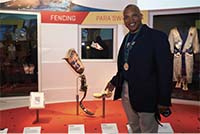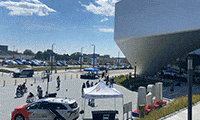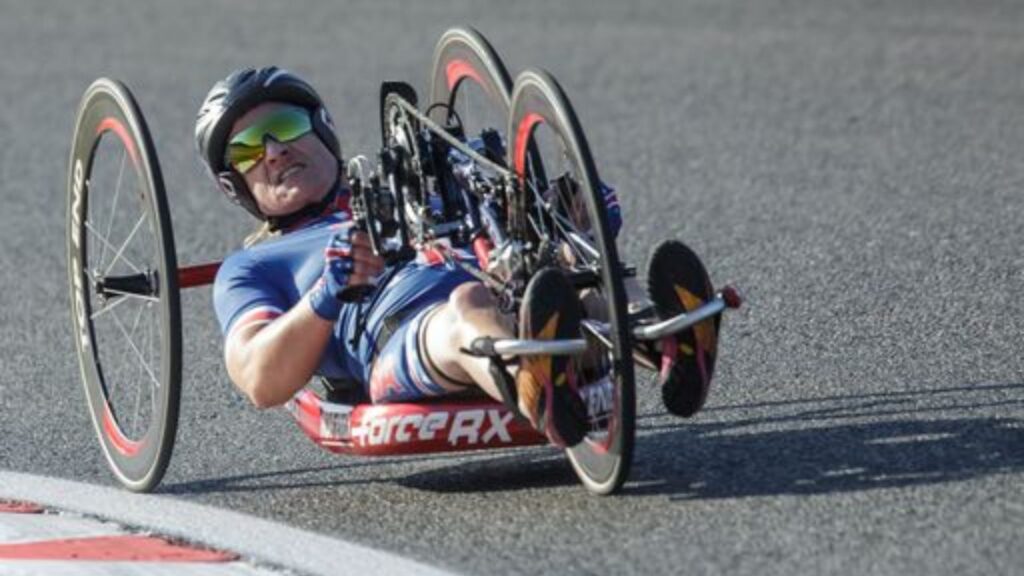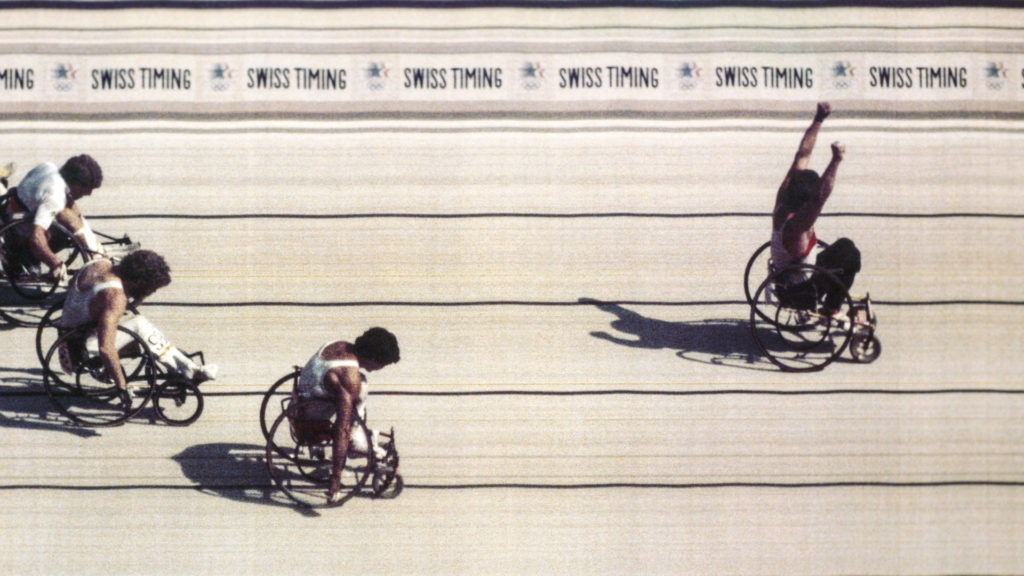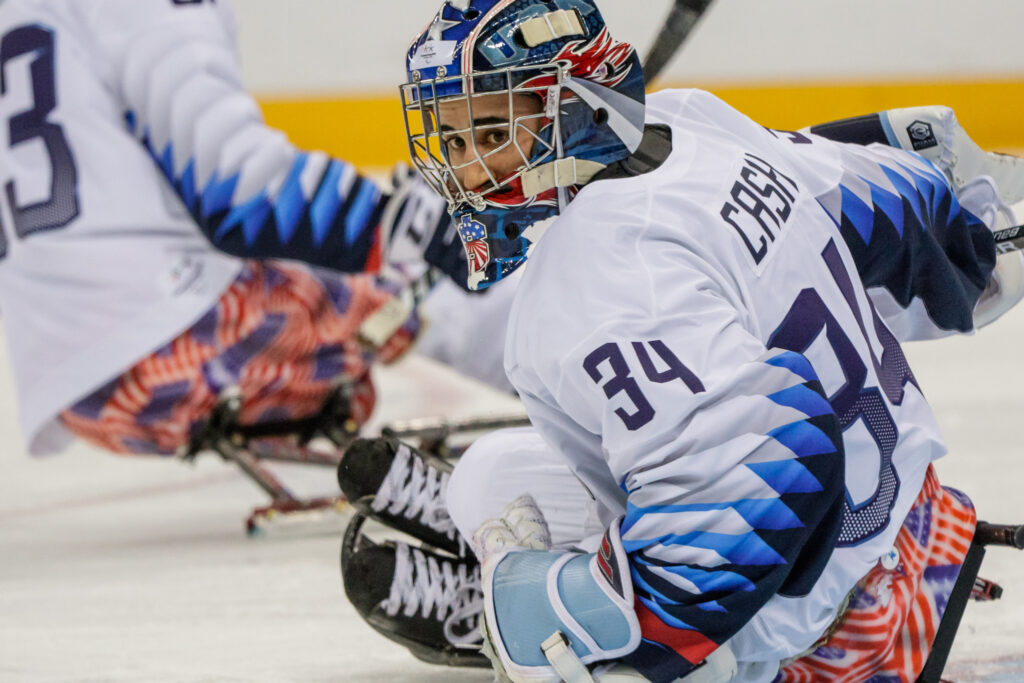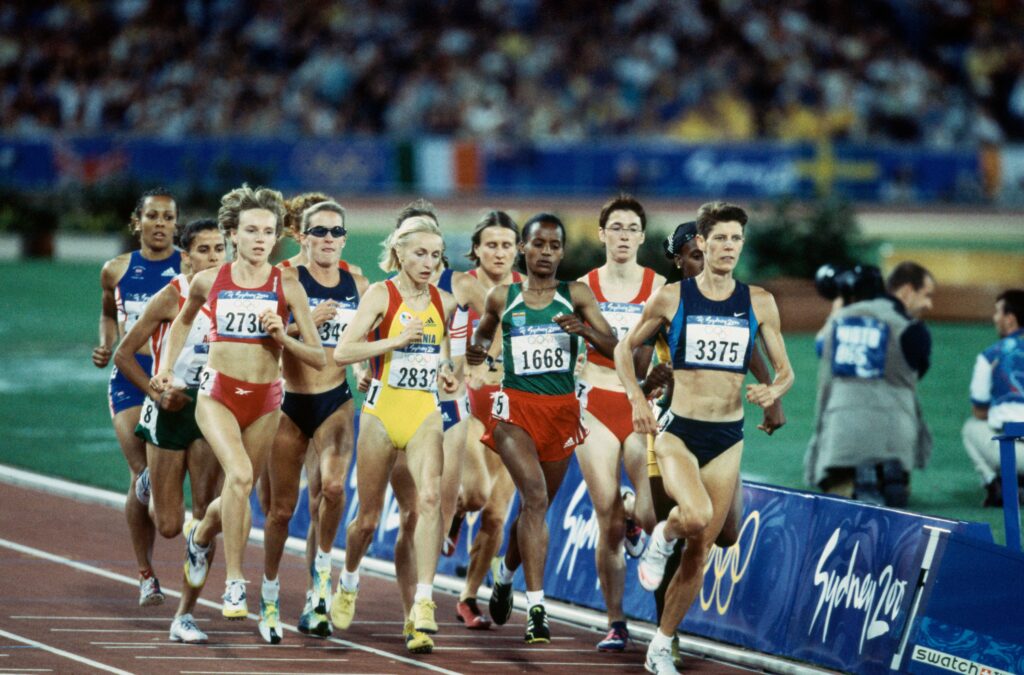Severe asthma limited Tommy Kono as a youngster. He often missed school and was limited in his activities.
Amazingly, it was the United States’ decision to move Japanese-Americans to internment camps during World War II that helped turn Kono into perhaps the greatest weightlifter of all time.
The Kono family was among more than 100,000 Japanese-Americans sent to Tule Lake, California. There, in the high desert air, Tommy Kono’s asthma dissipated. A neighbor with a 15-pound barbell introduced Kono to lifting weights.
“I didn’t want to be a weightlifter,” Kono said later. “I just wanted to be healthy.”
After the war ended, the Kono family returned to Sacramento, California, and Tommy began entering weightlifting competitions. Two years later, Kono was drafted into the U.S. Army and was preparing to be sent to the Korean Peninsula as a cook, until higher-ups realized that Kono might be good enough to go to the Olympics. Instead, he was stationed near San Francisco.
“You could say weightlifting saved my life,” he said.
At the Helsinki 1952 Olympic Games, Kono won the gold medal in the lightweight competition. He won a world championship or Olympic gold medal every year for the rest of the decade, including a gold medal in the light-heavyweight competition of the Melbourne 1956 Olympic Games. Kono’s winning streak ended when he took silver at the Rome 1960 Olympic Games in the middleweight class.
After retiring from competition, Kono coached the Mexican team at the Mexico City 1968 Olympic Games, the West Germans at the Munich 1972 Olympic Games and the Americans at the Montreal 1976 Olympic Games. He was recognized as one of the 100 Golden Olympians at the 1996 Atlanta Games.
He passed away in 2016 at age 85 after suffering from liver disease.



